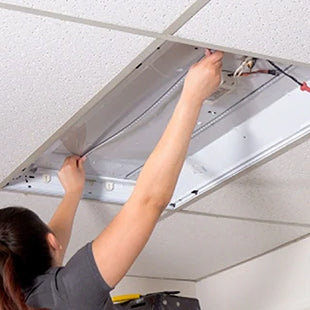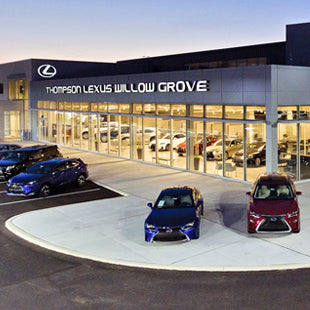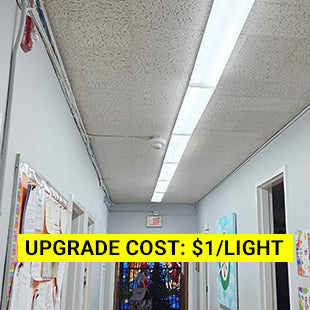Understanding the Different Types of Suspended Ceiling Lighting: Fluorescent Troffers vs. LED Panel Lights
When it comes to illuminating interior spaces, the right suspended ceiling lighting plays a pivotal role in enhancing aesthetics, functionality, and energy efficiency. Traditionally, fluorescent lights were the go-to choice for suspended ceilings, but in recent years, LED panel lights have gained significant popularity. In this article, we will compare the benefits and drawbacks of LED suspended ceiling lights with traditional fluorescent options to help you make an informed decision.
Fluorescent Suspended Ceiling Lighting: The Traditional Approach
Benefits of Traditional Fluorescent Lighting
- Cost-Effective: One of the most obvious advantages of traditional fluorescent lighting is its initial low cost. Fluorescent fixtures are relatively inexpensive to purchase and install, making them an attractive option for budget-conscious individuals or businesses.
- Matching Existing Fixtures: If you have existing fluorescent lighting and are looking for an exact match to replace just a small number of fixtures but don’t want to upgrade to higher quality lighting options yet, it may make sense to go with a replacement fluorescent fixture.
Drawbacks of Traditional Fluorescent Lighting:
- Inefficiency: Fluorescent lights consume notably more electricity than their LED counterparts, resulting in excess utility bills and a larger carbon footprint.
- Frequent Maintenance: In a commercial setting, fluorescent tubes generally need replacement every year or two. This can be a hassle in larger spaces with numerous fixtures or where high ceilings are involved. The cost of these frequent replacements can add up quickly.
- Flickering & Humming: The ballast in fluorescent light fixtures can cause the lights to flicker or emit an audible humming noise, both of which can be distracting and unpleasant for occupants.
LED Ceiling Panels: The Modern Alternative
Benefits of LED Panel Lights:
- Energy Efficiency: LED suspended ceiling lights are exceptionally energy-efficient, consuming significantly less electricity than fluorescent lights. This translates to substantial long-term savings on energy bills.
- Longer Lifespan: LED panel lights have an impressively long lifespan, often exceeding 50,000 hours. This means less frequent replacement and reduced maintenance costs.
- Versatility: LED panels are available in various color temperatures and designs, allowing you to customize the lighting to suit your space and needs. They also offer dimming capabilities for greater control over the lighting ambiance.
- Instant Lighting: Properly installed LED panel lights provide instant illumination without any flickering or warm-up time. This is particularly advantageous in spaces where immediate and consistent lighting is required.
- Environmental Benefits: LEDs are environmentally friendly, as they contain no hazardous materials like mercury found in fluorescent tubes. They also generate less heat, reducing the strain on air conditioning systems.
Drawbacks of LED Panel Lights:
- Higher Initial Cost: LED panel lights can be more expensive to purchase and install than traditional fluorescent fixtures. However, the upfront cost is often outweighed by the long-term energy savings, long average lifespan, and eligibility for utility rebates.
- Complex Installation: LED panel lights that are integrated with smart lighting systems or that have unique mounting requirements may require professional installation.
Making the Right Ceiling Lighting Choice
The choice between traditional fluorescent lighting and LED panel lights ultimately depends on your specific needs and budget. If you prioritize initial cost savings and have a limited budget, traditional fluorescent lighting may be a suitable choice, especially for smaller spaces with basic lighting requirements.
However, for those looking for long-term energy efficiency, reduced maintenance costs, and a wide range of customization options, LED panel lights are the clear winner. While the initial investment may be higher, the benefits in terms of energy savings, longevity, and lighting quality far outweigh the drawbacks.
By carefully considering your requirements and weighing the pros and cons, you can make an informed decision that aligns with your lighting needs and long-term goals. If you’d like more information about LED lighting options, reach out to our experts with any questions.





